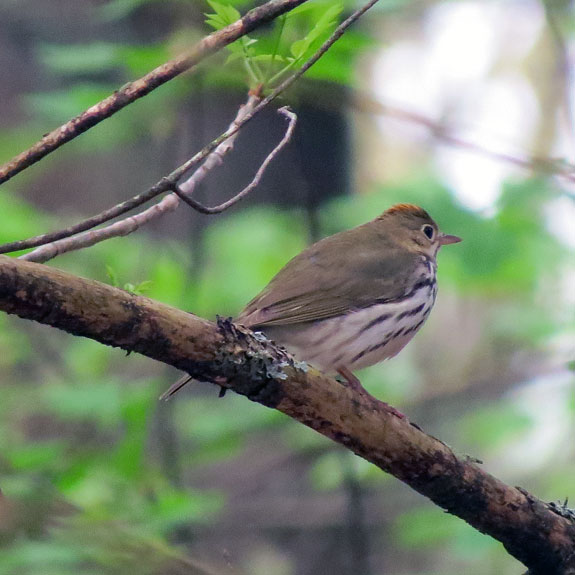As the hills green up, often you can hear a bird but not spot it — at least open enough for a photo. Here are a few successful encounters I’ve had in the last few weeks.
Typically, warblers are bouncing around and in foliage, like this Yellow Warbler.
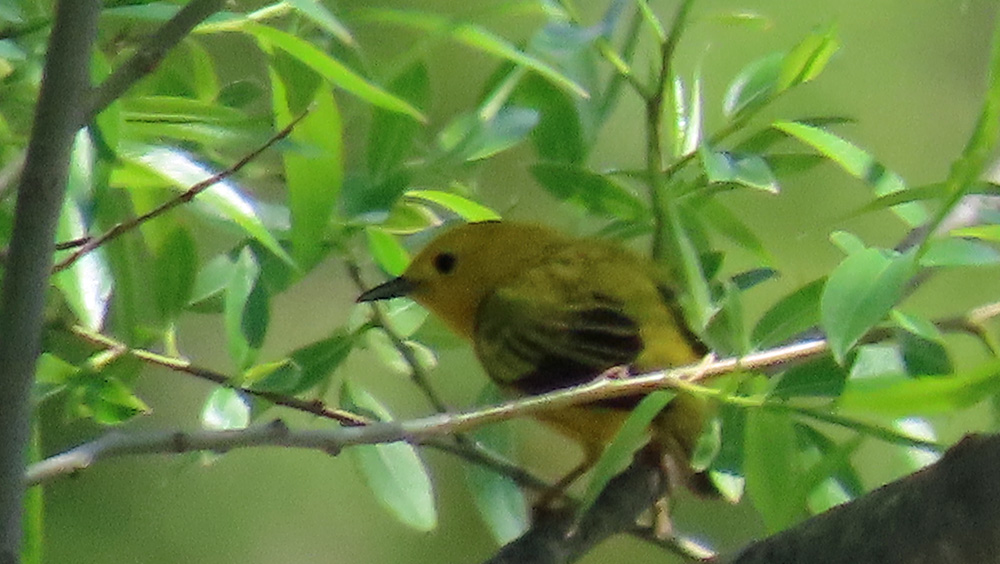
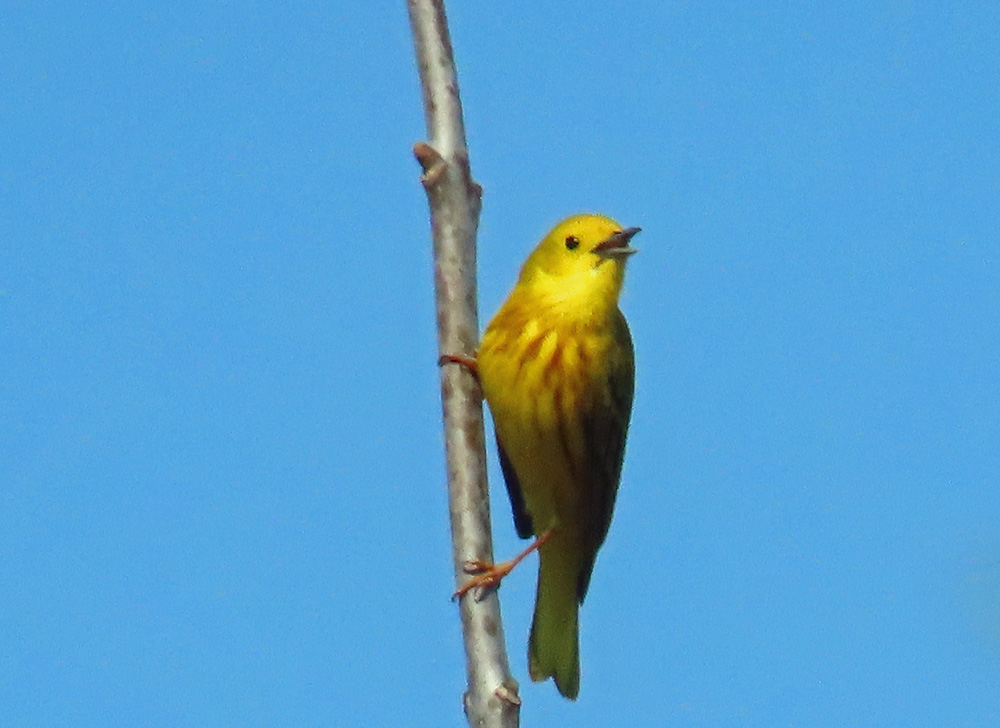
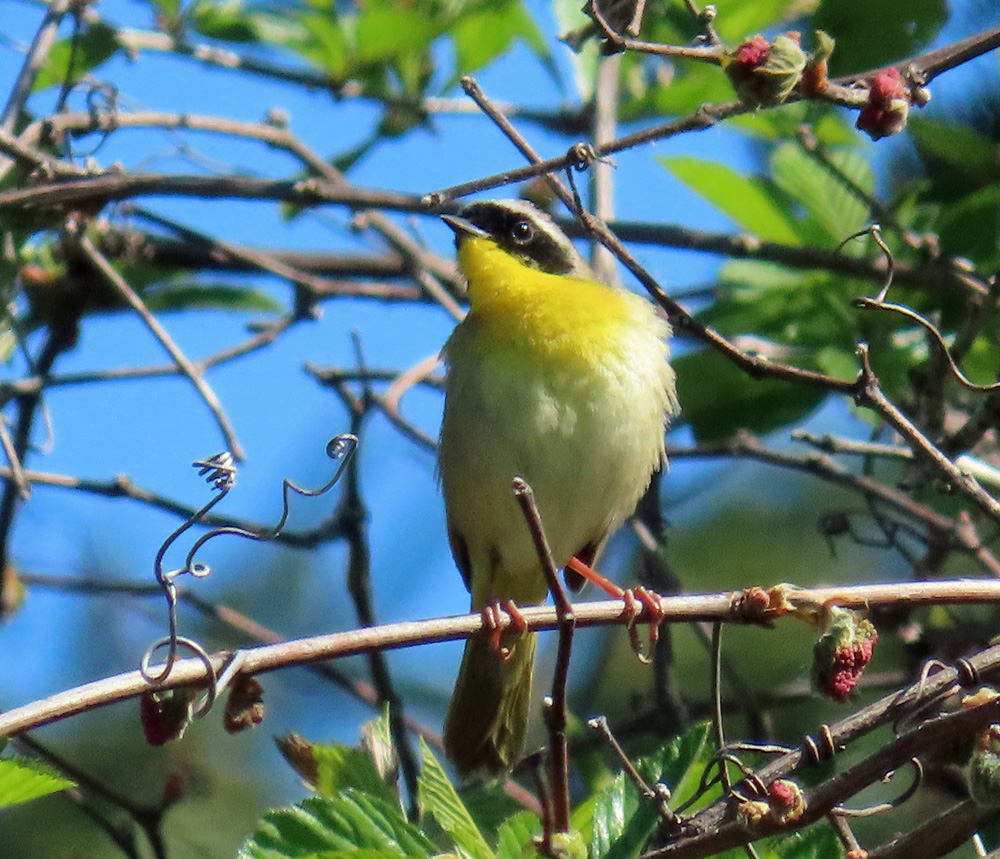
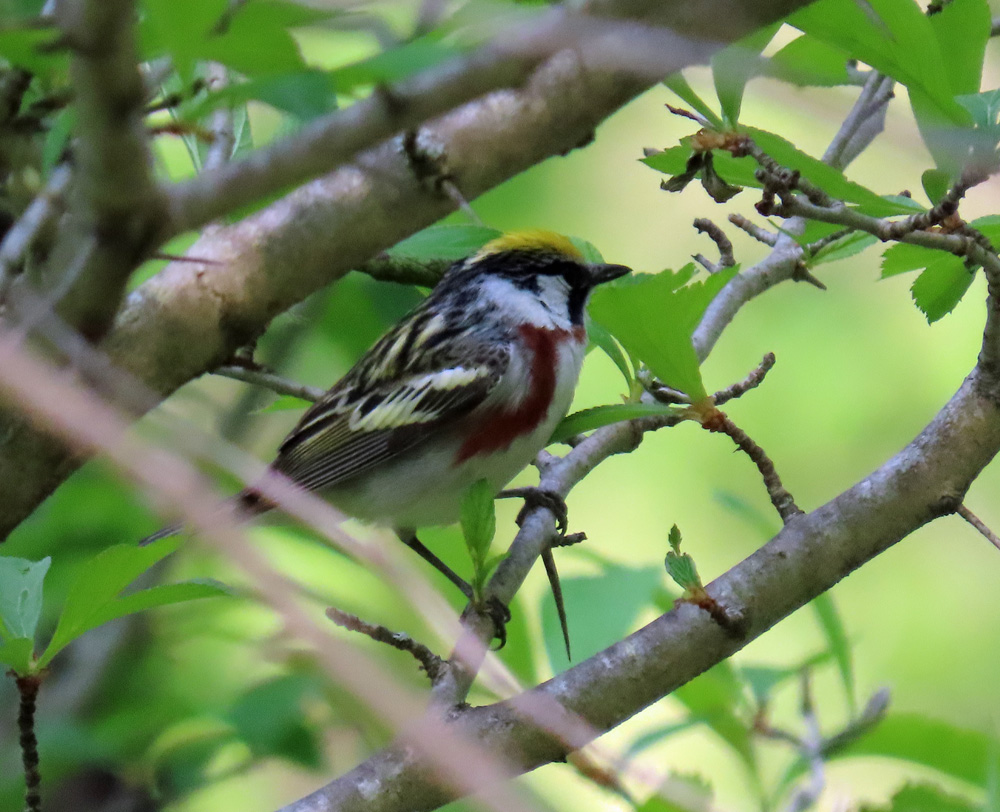
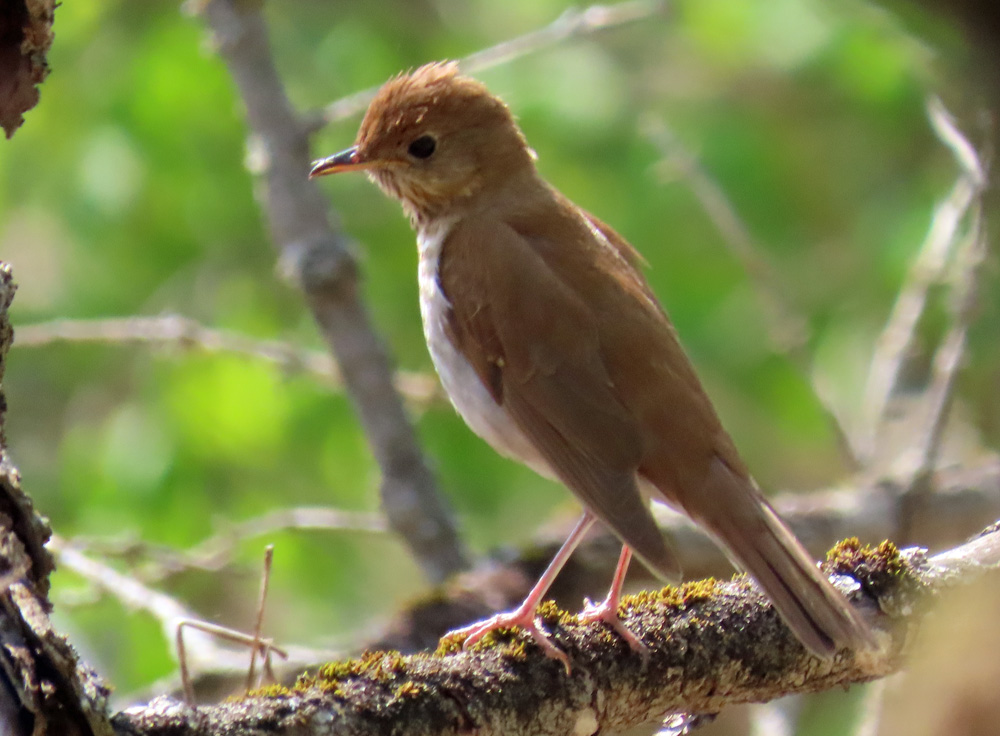
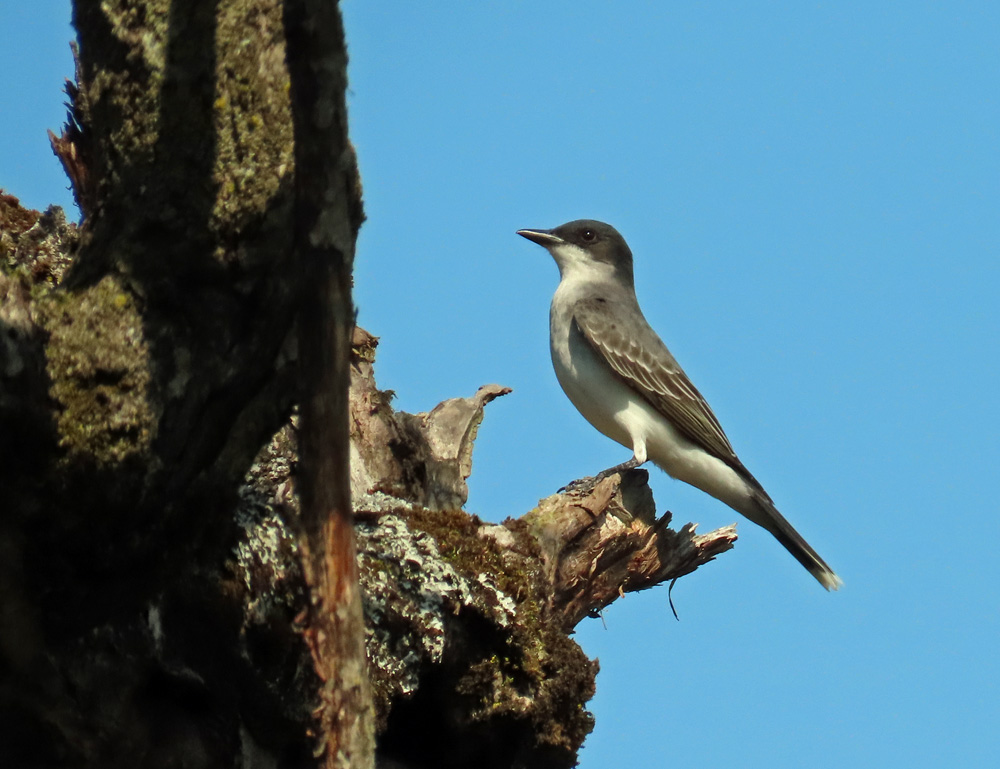
One of the noisier and ubiquitous birds we hear is the Ovenbird with its distinctive “Tea-cher, Tea-cher, TEA-cher. They are small and hard to see. This one had a companion flitting nearby and had its mind on something other than the guy and dog standing on the path nearby.
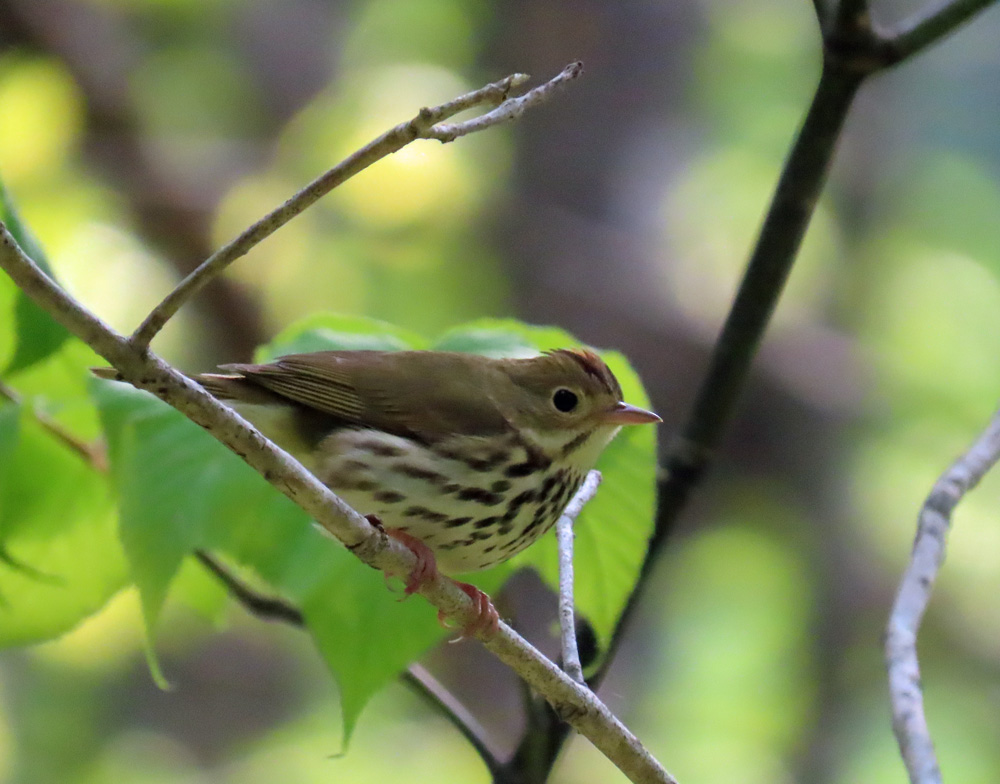
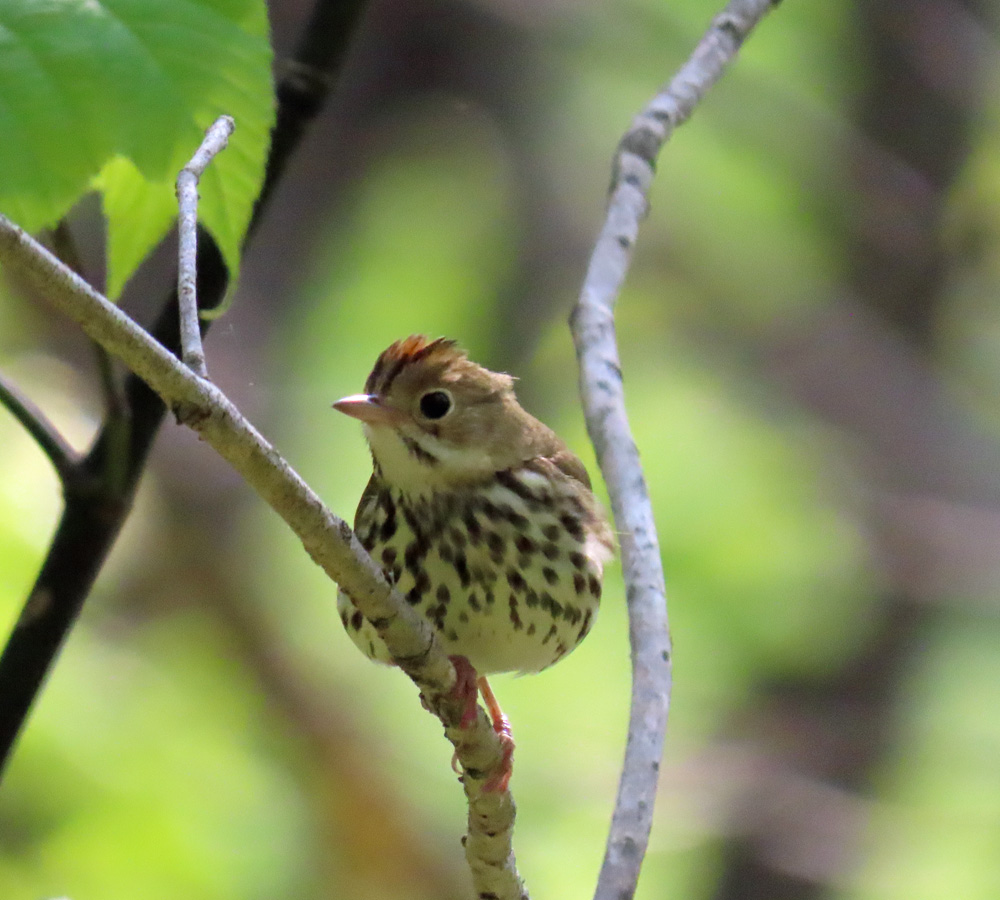
Have a bird-filled, bug free June.


